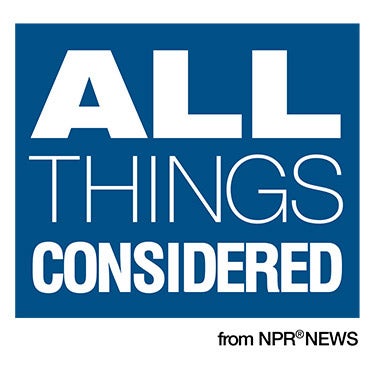Ringing the dinner bell: Chow time at the Philadelphia Zoo [photos]
Recently I was able to tag along with the trainers at the Philadelphia Zoo during the animals’ favorite part of the day: feeding time. I got a first-hand look at how many of the animals behaved during this important time of the day.
My tour started off in the McNeil Avian Center where colorful rainforest birds surrounded Andrea Hirsh, one of the zoo’s bird keepers, waiting to be fed. One bird, the Crimson-rumped Toucanet, was very friendly and allowed Hirsh to feed him by hand. At the rhino pen Ellen Bartuska, a trainer, warned me in advance that “Tony,” a large Southern White Rhinoceros, was a little shaken up by the tree-work going on near his habitat. Eventually he came to say “hello,” but seemed shy, backing his rump up to the rail and showing off his better side. Next up were the giraffes. I met with Wendy Lenhart, the giraffe keeper, who was in the midst of feeding Stella and Abigail. Both of the very friendly giraffes were using their long tongues to strip the leaves from the branches that Wendy was holding for them. A third giraffe, Gus, showed up late to lunch, but the signs of the hay bucket all over his face showed that he had been snacking instead. Around the corner, I was introduced to Cindy and Una the hippopotamuses. They were a little less excited to chow down than some of the other animals and took their time getting out of the pool. Once on dry land and resting their large lower jaws on the wall, they both opened their massive mouths. This provided Betsy Karkowski, the hippo keeper, a large target to throw produce at. Betsy explained that even hippopotamuses can be choosy about their greens. Cindy hates spinach. Over in Bird Valley, trainer Amy Ivins was about to feed 21 hungry Humboldt Penguins. These guys knew it was feeding time — they waddled right over and started taking the fish directly from Ivins’ hands. Humboldt Penguins have such a high metabolism that they are fed three times a day and look forward to Ivins’ frequent visits. Walking into the new “Kids Zoo U,” a herd of Nigerian Dwarf Goats greeted me. All of the goats were very friendly and had no problem coming right up and nibbling my clothes. These goats get the special privilege of being handled by young zoo visitors on a daily basis as the children are allowed to groom and pet them.
On the other side of the fence Cheryl Thome, another keeper, showed me some of the exercises that the miniature horse can do, such as picking up its hooves on command. Both the goats and the miniature horses graze on hay throughout the day and receive additional feedings of pellets to supplement their diets. Children also feed them treats like carrots and apples at certain times of day. The Philadelphia Zoo is the oldest zoo in the United States. It opened its doors on July 1, 1874, after its construction was delayed 15 years due to the Civil War. The zoo had the first successful captive birth of a chimpanzee and an orangutan in the United States in 1928. The zoo keepers currently care for 1,300 rare and endangered animals, as well as host more than 1 million visitors each year.
WHYY is your source for fact-based, in-depth journalism and information. As a nonprofit organization, we rely on financial support from readers like you. Please give today.


















